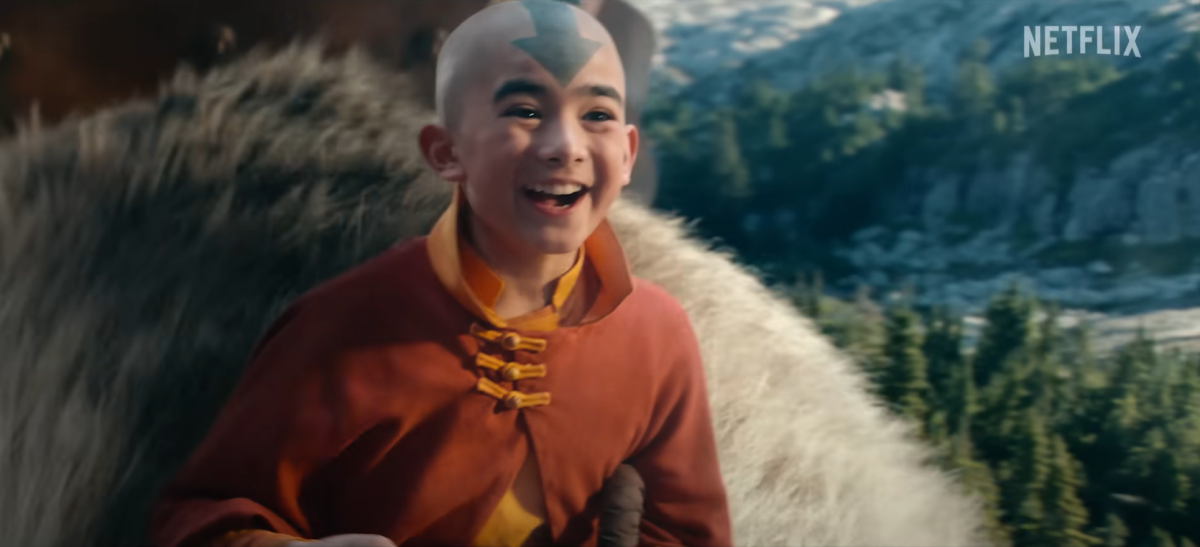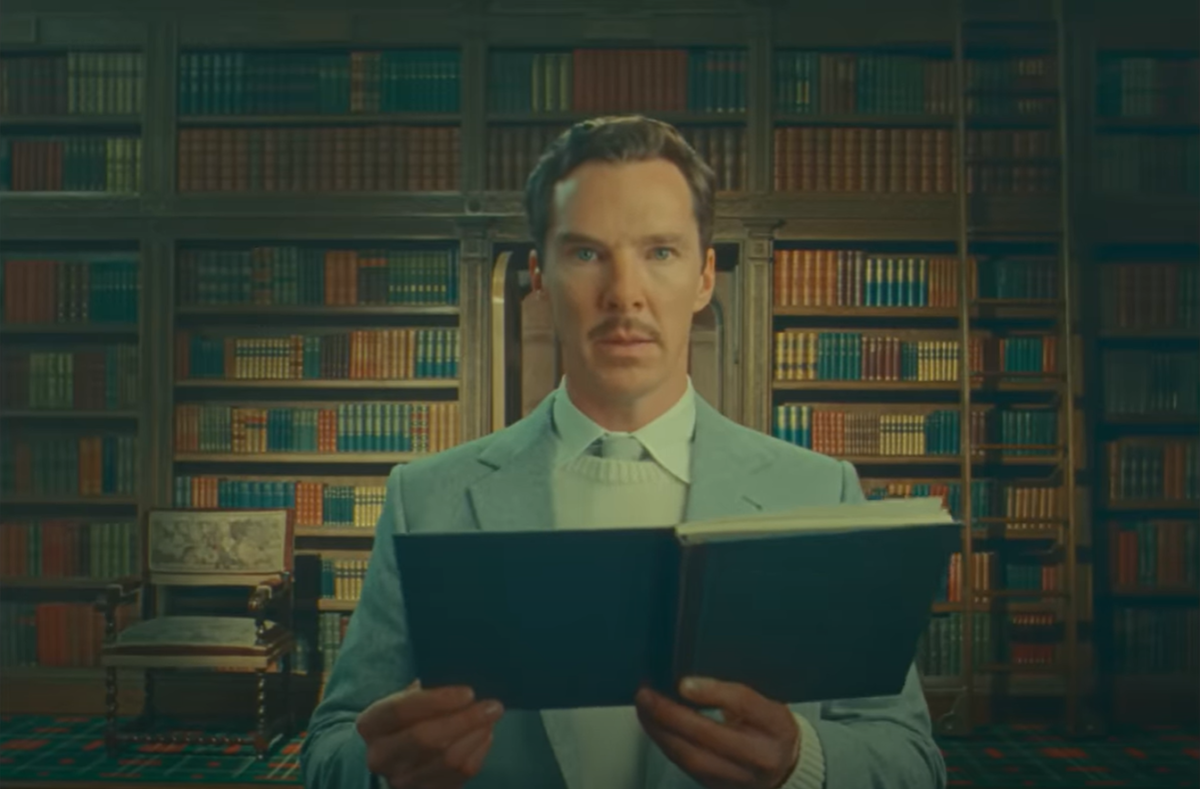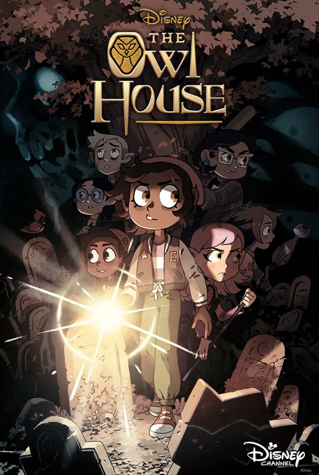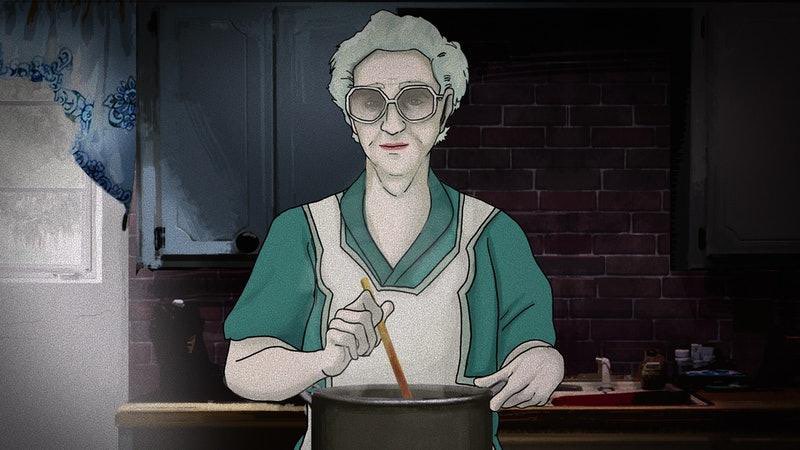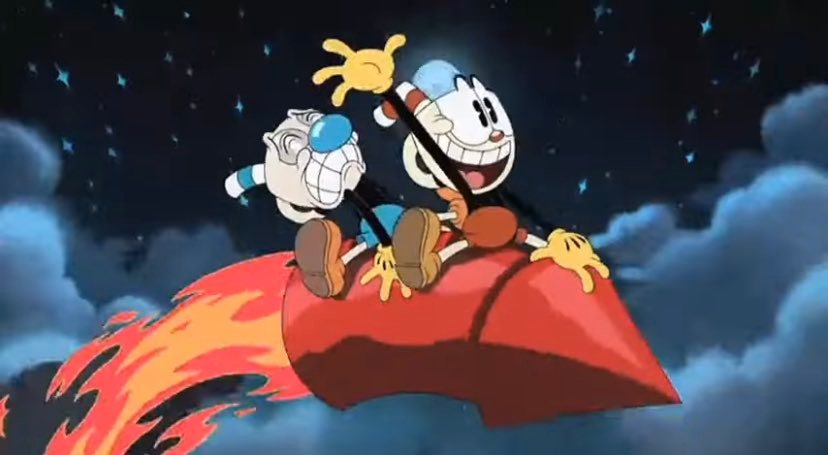By Danny Contreras
The “Millennium” Film Trilogy, an adaption of three Stieg Larsson novels, were first filmed in his native Sweden in 2009 by Danish director Niels Arden. All three movies were released to critical acclaim. Arden’s faithful adaption of the books satisfied fans of Larsson’s novels, who saw the methodical and blatant Mikael Blomkvist come to life along with the series’ main character, the mysterious genius Lisbeth Salander. However, Arden’s adaption did not alienate those who had not read the book; in fact, if one did not know the source of this movie, one could possibly mistake it for just another crime thriller.
Nevertheless, foreign masterpieces need to be adapted by Hollywood and the job of the men in charge of the American adaption of “The Girl with the Dragon Tattoo” fell to the hands of director David Fincher and screenwriter Steven Zaillian. Fincher is known for his “Best Director” films The Curious Case of Benjamin Button and The Social Network; and Zaillian for his “Best Screenplay” award for Schindlers’ List. The end result is a production that can be classified as a “masterpiece” but does not fulfill the expectations set by the original book version.
Zaillian did not take many liberties with the writing of the movie and so the plot remains largely the same as the Swedish version. The main characters, Mikael Blomkvist and Lisbeth Salander, are portrayed by Daniel Craig (Casino Royale, Dream House), and Rooney Mara (A Nightmare on Elm Street, The Social Network) respectively. After losing a high profile libel lawsuit brought against him by businessman Hans-Erik Wennerstrom, Blomkvist is hired by Henrik Vanger (Christopher Plummer) to solve the 40 year old case of his murdered niece, Harriet Vanger—under the cover that Blomkvist is writing a biography on Henrik.
Meanwhile, Wennerstrom hired computer hacker Lisbeth Salander, through her employers, to find anything they can use against Blomkvist. However, Salander’s report finds Blomkvist to be a clean person. Against her company’s, policy she begins investigating the man who hired her.
The two characters meet when Blomkvist asks for an assistant, and the lawyer of Henrik Vanger suggests Salander after telling Blomkvist how Wennestrom used her, and how the Vanger family came to know of him, through her report. Blomkvist eventually convinces Salander to work with him, and the rest of the story moves on from there.
However, there is a second story being deployed along with the primary plot, and that is Salander’s personal life as she goes from one caretaker to another. After her first caretaker suffers a pulmonary embolism, she is placed with Nils Bjurman (Yorick van Wageningen). Bjurman is a rapist, and uses his position of power over Salander to force her into sexual acts. She retaliates against him, and eventually takes control of her own life, along with his life, after he sodomizes her and she records it.
While the plot truly drives the movie forward in its original adaption, it is the acting that does it in the American version. Craig produces another great performance with his serious, tactless and sometimes overly sarcastic demeanor. Mara on the other hand remains largely quiet, mysterious and smart but apprehensive and cunning. A strong point in the film is the way that the weaknesses of some characters are the strength of the others. Blomkvist can be a little too trusting, while Salander does not trust her own shadow. But it is this openness that allows Blomkvist to make connections that Salander would otherwise have missed.
The supporting characters cannot be forgotten. Yorick van Wageningen does too good of a job as an antagonist, his portrayal of a rapist feeling a little too real, almost uncomfortably real. Stellan Skarsgard, who portrays Martin Vanger, does a chilling job as a warm person hiding a painful and horrible secret in his enigmatic mind. Those with smaller roles act as if their life were at stake. For example, Geraldine James painfully portrays Cecilia Vanger, one of the estranged Vanger heirs, as an unsympathetic, selfish woman. In all, the supporting characters give essence to the spine created by Craig and Mara.
The cinematography is top notch as well. There is a great balance between shots of the characters and the setting without ever truly overwhelming you with either. Sweden is a beautiful place, and the camera team truly captured that beauty. The snow that covers the country looks dangerously beautiful while the architectural design of the city reminds you of a gothic vampire movie. The movie does not make Sweden look like the best place to live in, however, as the overcast weather reigns throughout and precipitation makes up the majority of the visible water in the movie.
Overall, the movie is a Fincher masterpiece. While it is not a shot for shot remake, it does not stray away from the original too much. Of course, there are huge differences that can be noticeable between the original film, the books and this adaption—but only if you have read or seen the original. But, it should satisfy those interested in thrillers, pulps and a different blockbuster that does not have robots, aliens or CGI animation. It may disappoint those who saw the original a little bit, but it does the story justice.





